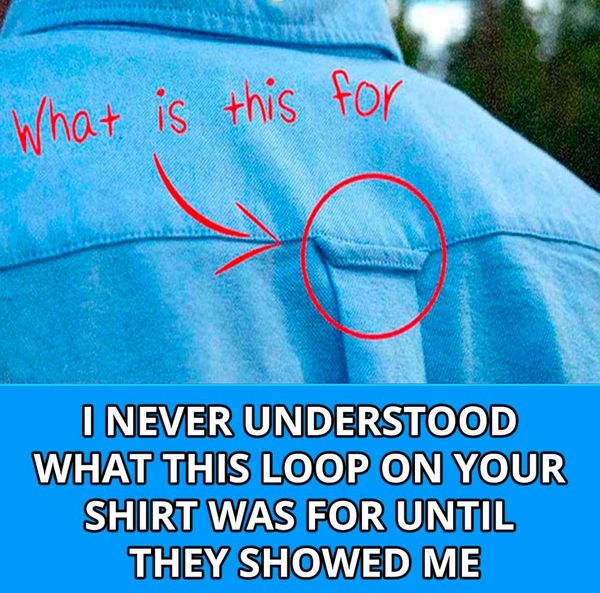
Button-down shirts have been a timeless wardrobe essential for a long time. But there’s a subtle detail that often goes unnoticed – the loop on the back of the shirt, commonly known as the “locker loop”. This simple feature carries a rich history and unexpected social significance.
The origin of the locker loop can be traced back to naval pragmatism. Picture sailors in the Navy with limited storage space for their uniforms. To make hanging easier, loops were added to the shirts. It was a functional solution rather than a fashion statement. These loops eventually found their way into civilian fashion in the 1960s.
It was during this time that clothing manufacturer GANT played a crucial role in popularizing the locker loop. GANT introduced these loops to keep the shirts of Ivy League students wrinkle-free in lockers. This marketing angle resonated with the style-conscious Ivy League community, making the locker loop even more appealing.
Interestingly, male students would remove the loop as a signal of their relationship status, and women would reciprocate by wearing their partner’s scarf. However, this innocent tradition took a mischievous turn when daring individuals would playfully yank loops off the shirts of those they fancied, potentially damaging the shirt.
As Ivy League style became popular, having loops on the back of one’s shirt became a symbol of good taste and high quality. Iconic brands like GANT, Sero, Wren, Creighton, and Eagle began creating their own versions of the locker loop. Even student-athletes embraced locker loops during sporting events, showing that the loop had adaptability beyond its original purpose.
Today, loops on the back of shirts continue to exist as a nod to history and a means of personalization. While modern hangers have diminished the loop’s practicality, its presence serves as an homage to the prominent Ivy League style of the past. Retailers like Ralph Lauren and J.Crew still offer shirts with locker loops, allowing enthusiasts of the past to embrace this subtle yet storied detail.
For those with distinct preferences, adding a loop on the back of your shirt offers a customizable aspect to your button-down options. Tailors can easily remove or add loops based on individual preferences, allowing wearers to align their garments with both historical tradition and personal taste.
So the next time you button up a shirt, take a moment to appreciate the subtle charm and rich history encapsulated in this unassuming loop. It’s a small detail that adds character and connects us to the evolution of menswear.
